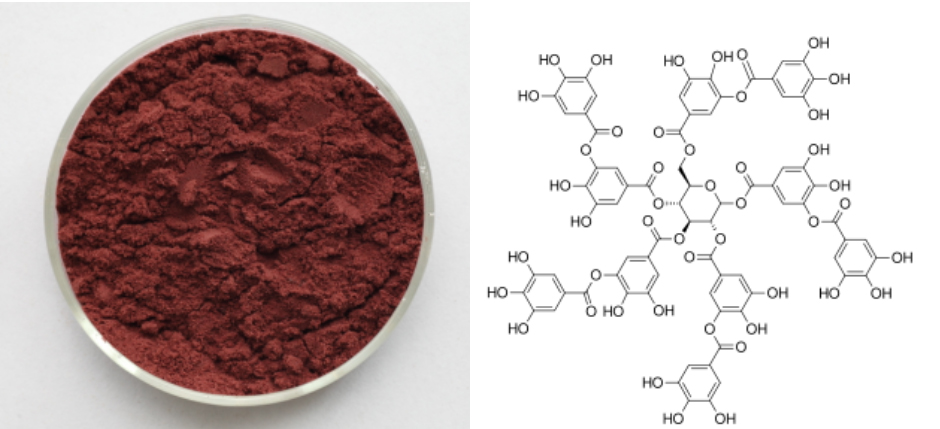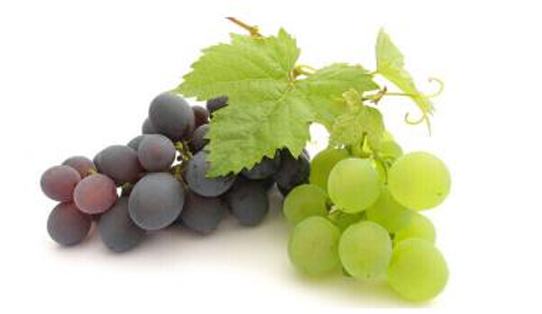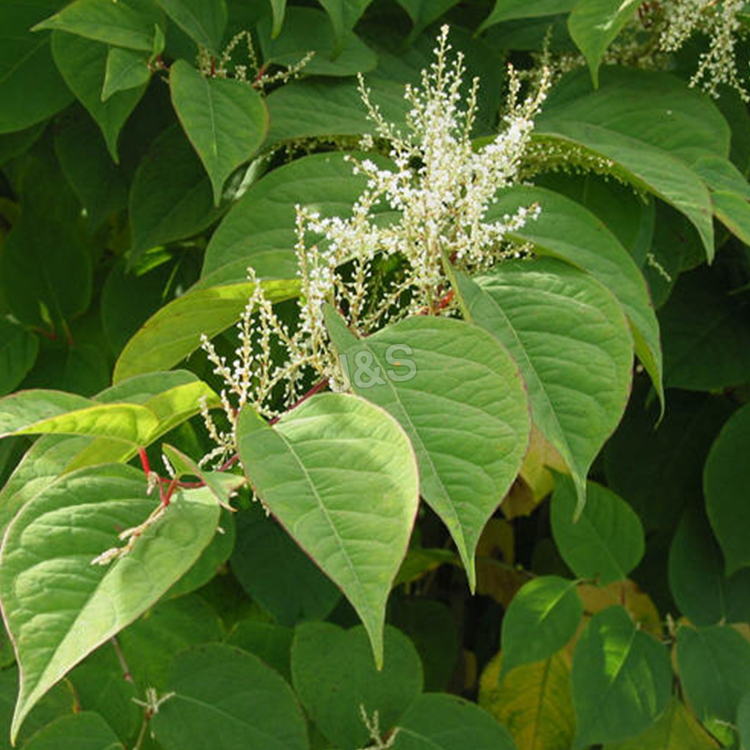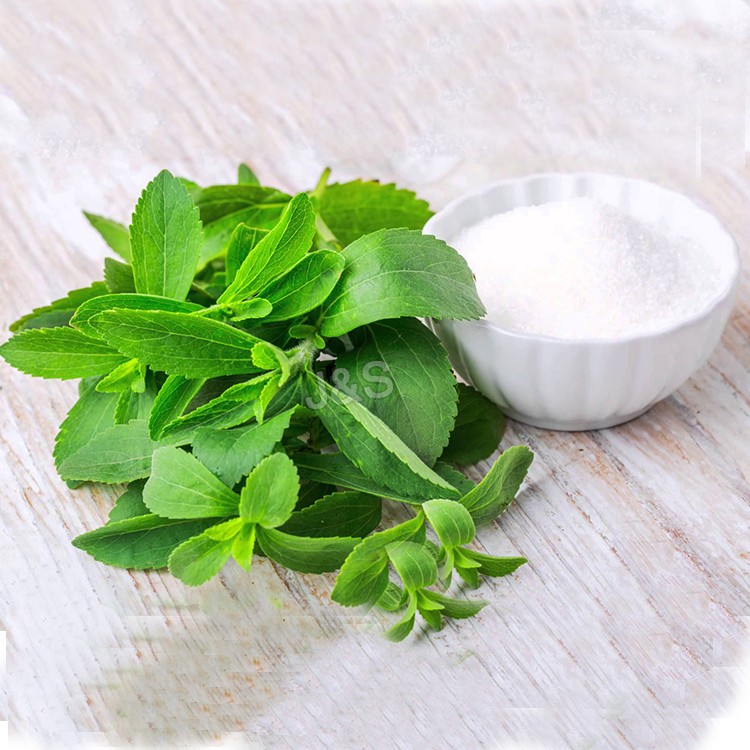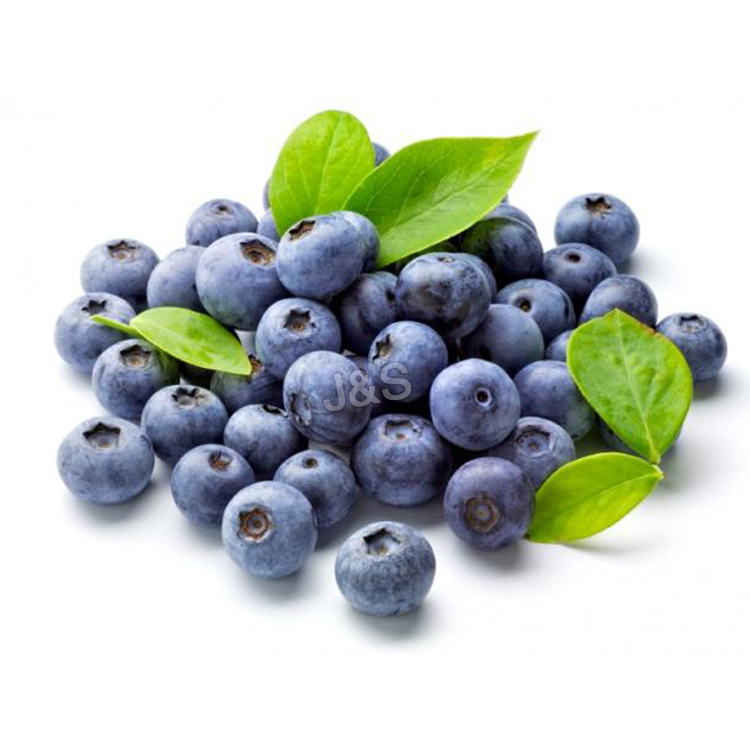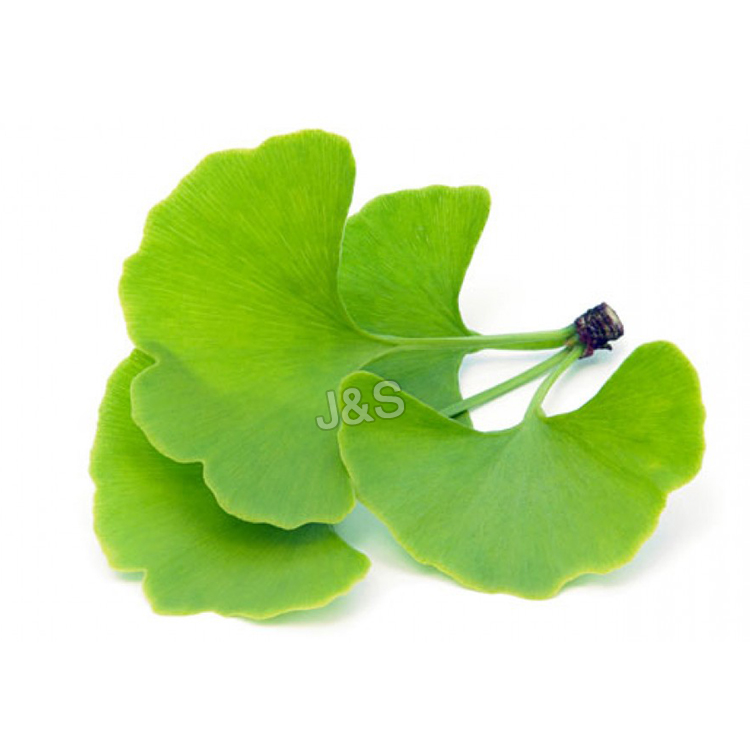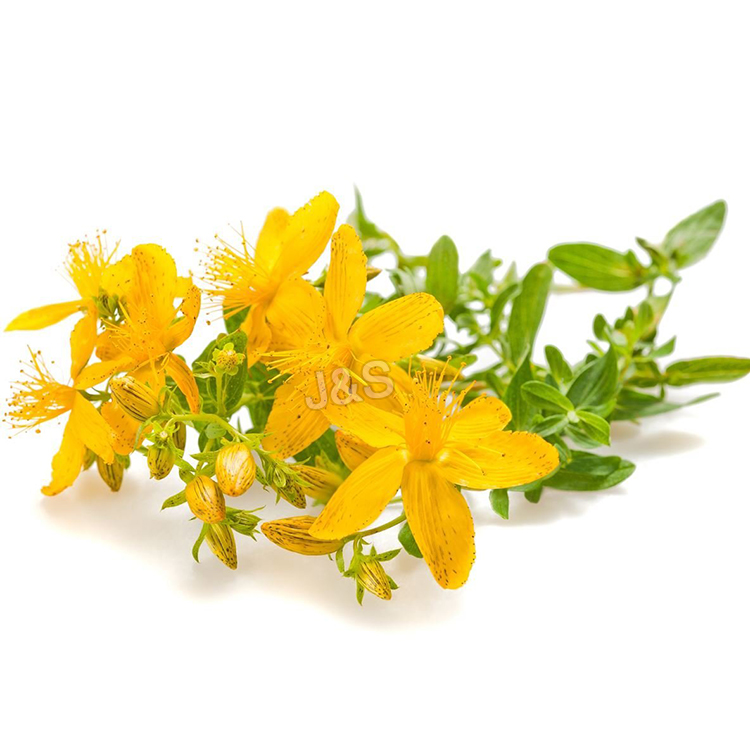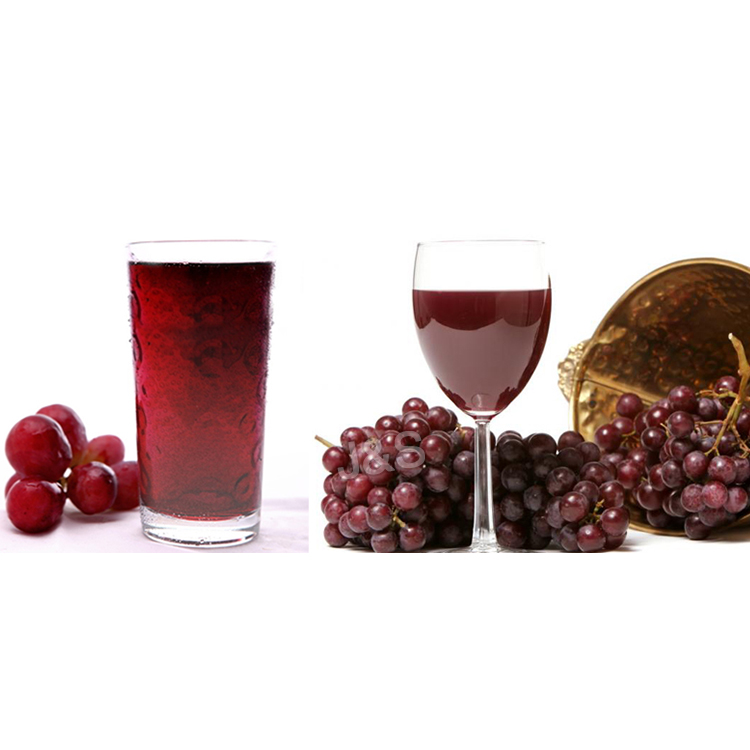Goods high definition for Grape Skin Extract Manufacturer in Buenos Aires
Goods high definition for Grape Skin Extract Manufacturer in Buenos Aires Detail:
[Latin Name] Vitis vinifera L.
[Plant Source]from China
[Specifications]Proanthocyanidins polyphenol
[Appearance]Purple red fine powder
Plant Part Used:Skin
[Particle size] 80 Mesh
[Loss on drying] ≤5.0%
[Heavy Metal] ≤10PPM
[Pesticide residue] EC396-2005, USP 34, EP 8.0, FDA
[Shelf life] 24 Months
[Package] Packed in paper-drums and two plastic-bags inside.
[Net weight] 25kgs/drum
Function
1.Grape skin extract used to reduce cancer risk;
2.Grape skin extract has the useage of antioxidant activity;
3.Grape skin extract has anti-inflammatory, removal of swollen;
4.Grape skin extract can reduce the incidence of spots and cataracts;
5.Grape skin extract will reduced exercise-induced vascular sclerosis porridge;
6.Grape skin extract will strengthen the blood vessels the flexibility of the wall.
Application
1.Grape skin extract can be made into capsules, troche and granule as healthy food;
2.High quality grape skin extract has been widely added into the beverage and the wine, cosmetics as the functional content;
3. Grape skin extract is widely added into all kinds of foods such as cake, cheese as the nurture, natural antiseptic in Europe and USA, and it has increased the safety of the food.
What is Grape Skin extract?
Grape skin extract are industrial derivatives from whole grape seeds that have a great concentration of vitamin E, flavonoids, linoleic acid, and OPCs. Typically, the commercial opportunity of extracting grape seed extract constituents has been for chemicals known as polyphenols, including oligomeric proanthocyanidins recognized as antioxidants.
Grape skin extract is rich in Oligomers Procyanidin Complexes (OPC) , which is a powerful antioxidant. In addition to the ultra rich potence of over 20 times higher than Vitamin C. Grape skin extract is also 50 times better than Vitamin E. Grape skin extract helps to strengthen the immune system, and also slowdown the aging process, which is of very high market value. Procyanidin B2, which is the most active compound to neutralize free radicals that cause aging, is available only in Grape Seed.
In Europe, OPC from grape skin extract proanthocyanidins has been adopted and used for several decades as a safe and effective compound. Grape skin extract has no record of any acute or chronic toxicity, no harmful reaction even under very high dosage. For these reasons, grape skin extract proanthocyanidins has become a new star in the food supplement market.
Product detail pictures:
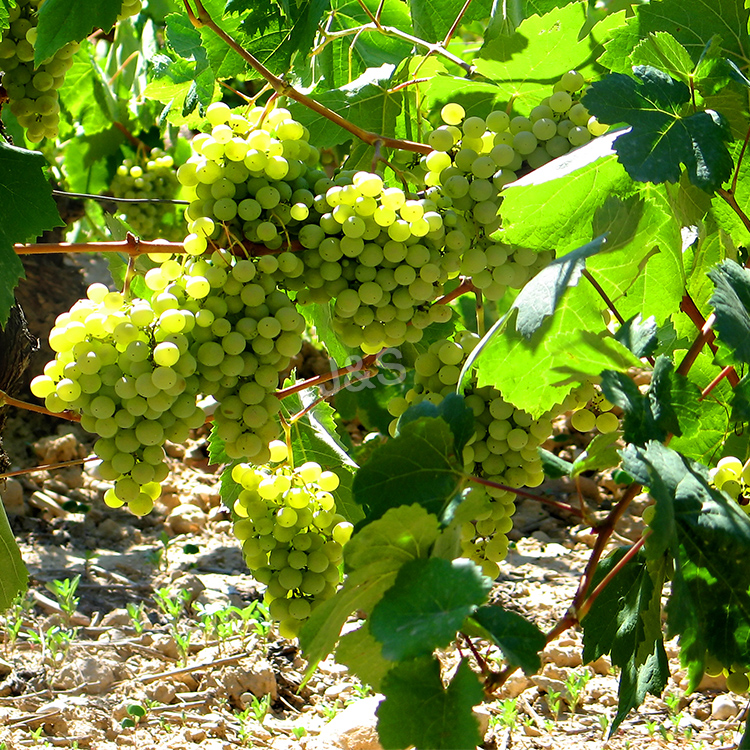
Related Product Guide:
Like a result of ours specialty and repair consciousness, our enterprise has won a superb popularity amid buyers everywhere in the environment for Goods high definition for Grape Skin Extract Manufacturer in Buenos Aires , The product will supply to all over the world, such as: Turin, Cancun, Munich, They're durable modeling and promoting effectively all over the world. Under no circumstances disappearing major functions in a quick time, it's a should for you of excellent good quality. Guided by the principle of "Prudence, Efficiency, Union and Innovation. the company make a terrific efforts to expand its international trade, raise its company profit and raise its export scale. We're confident that we are going to possess a vibrant prospect and to be distributed all over the world within the years to come.
https://davesmith.ludaxx.com
https://www.davegsmith.com/
https://bluelineproducts.com/
Why it Functions for over the counter appetite suppressant in this area El Paso
When it Functions for
F21 is an All Natural Sugar Blocker that assists restrict your blood sugar absorption. It consists of various substances found to have numerous wellness advantages, such as L-Arabinose, Coriolus Versicolor Polysacchride, Konjac-Mannan, Magnesium Stearate, Mint flavor: Menthol and Natural Colors. F21 not just does it help advertise weight management, (PSK) boosts your immune system feedback. In fact, for every gram of F21, you can obstruct up to 20 grams of sugar (sucrose). The formula not just assists advertise weight management, it rewards the digestion system by enabling the blocked sucrose to support helpful probiotic germs while the polysaccharide (PSK) boosts your immune system feedback.
DG Smith https://www.davegsmith.com/
over the counter appetite suppressant :
00:00:05 loose weight
00:00:11 controlling hunger
00:00:17 over the counter diet pills
00:00:23 controlling hunger
00:00:29 how to control sugar diabetes
VigFX Free Trial – Best Male Enhancement Pills
Get a free trial (US only): https://happy-live.info/vigfxtrial
Where to buy vigrx plus? Click here: https://happy-live.info/vigrx
We now offering VigFX as a 15 day trial. Click link below in the description you signs up and has a shiny new bottle of this male powerhouse sitting on your doorstep within several business days. You pay just $6.95 for shipping.
The VigFX trial is a temporary offer, for Leading Edge Health clients who want extreme natural potency and the amazing – and plentiful – sex that comes with it. VigFX is a culmination of 10+ years research into herbal, male sexual health and how to squeeze every ounce of performance, naturally, out of the male biology.
You won’t find a more powerful, doctor-approved supplement anywhere – or with clinical studies with these kind of results!
Trial Information:
Each bottle has 30 liquid gelcaps, taken twice a day – a 15 day supply. Offer valid in United States only.
Click the link below and get the VigFX advanced all-natural male virility free trial VigFX program…only for shipping cost. Unleash your sexual monster now!
—————————————-
CLICK HERE: https://goo.gl/cPK73Y
—————————————-
More Information about vigfx free trial:
Free VigFX Trial :: Herbal Male Enhancement Supplement …
sc2218.wikifoundry.com/…/Free+VigFX+Trial+%3A%3A+Herba…
First of all Free Vigfx Trial male enhancement is an herbal supplement. What this mean is Free Vigfx Trial gum safe to consume. An herbal …
Everything You Need to Know About VigFX Free Trial. – Anthropology
sc2218.wikifoundry.com/…/Everything+You+Need+to+Know+A…
Natural male enhancement free trial | Wikimujeres
wikimujeres.wiki/natural-male-enhancement-free-trial/
—————————————-
CLICK HERE: https://goo.gl/cPK73Y
—————————————-
Link for this this video: https://www.youtube.com/watch?v=qUr58Re_vAw
——————————————-
FOR MORE DETAILS: https://goo.gl/cPK73Y
——————————————-
CONNECT WITH US:
https://www.facebook.com/Happy-Live-478944322123820/
G+
https://plus.google.com/106155160433955952304
https://twitter.com/HappyLive4y
YouTube
https://www.youtube.com/HappyLive4y
Tumblr
https://happylive4y.tumblr.com/
Feedburner
https://feeds.feedburner.com/happy-live/isWR
——————————————
Don’t forget to check out our YouTube Channel:
https://www.youtube.com/HappyLive4y
and click the link below to subscribe to our channel and get informed when we add new content:
https://www.youtube.com/HappyLive4y?sub_confirmation=1
——————————————–
Watch More Videos:
VigRX plus – Male Enhancement Pills – VigRX plus Results Before After Pictures
VigRX Plus Review and Results – Does VigRX plus Really Work?
VigFX Free Trial – Best Male Enhancement Pills
How Long Does Vigrx plus Take To Work – Does Vigrx plus Really Works?
Does Size Really Matter? The truth comes out…Does Size Matter?
How To Last Longer In Bed – Premature Ejaculation Treatment For Last Longer In Bed
——————————————–
VISIT OUR SITE: https://happy-live.info
The company's products very well, we have purchased and cooperated many times, fair price and assured quality, in short, this is a trustworthy company!
